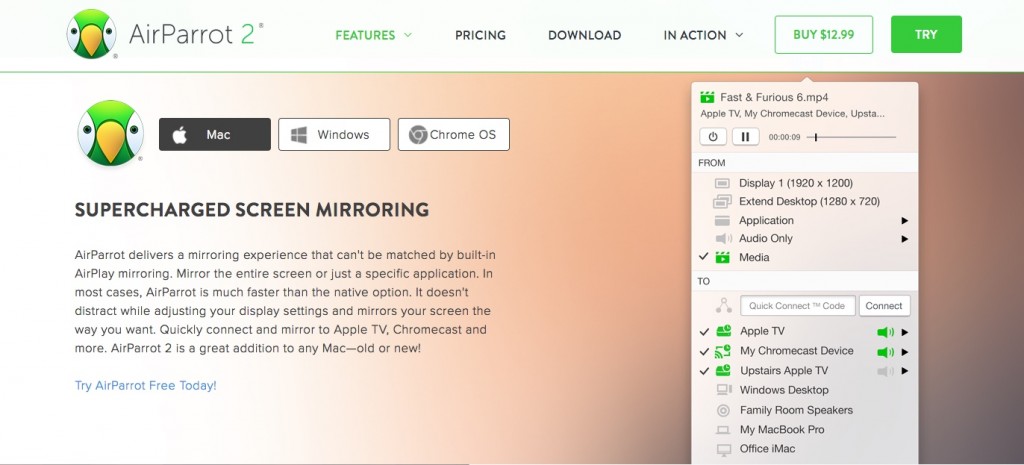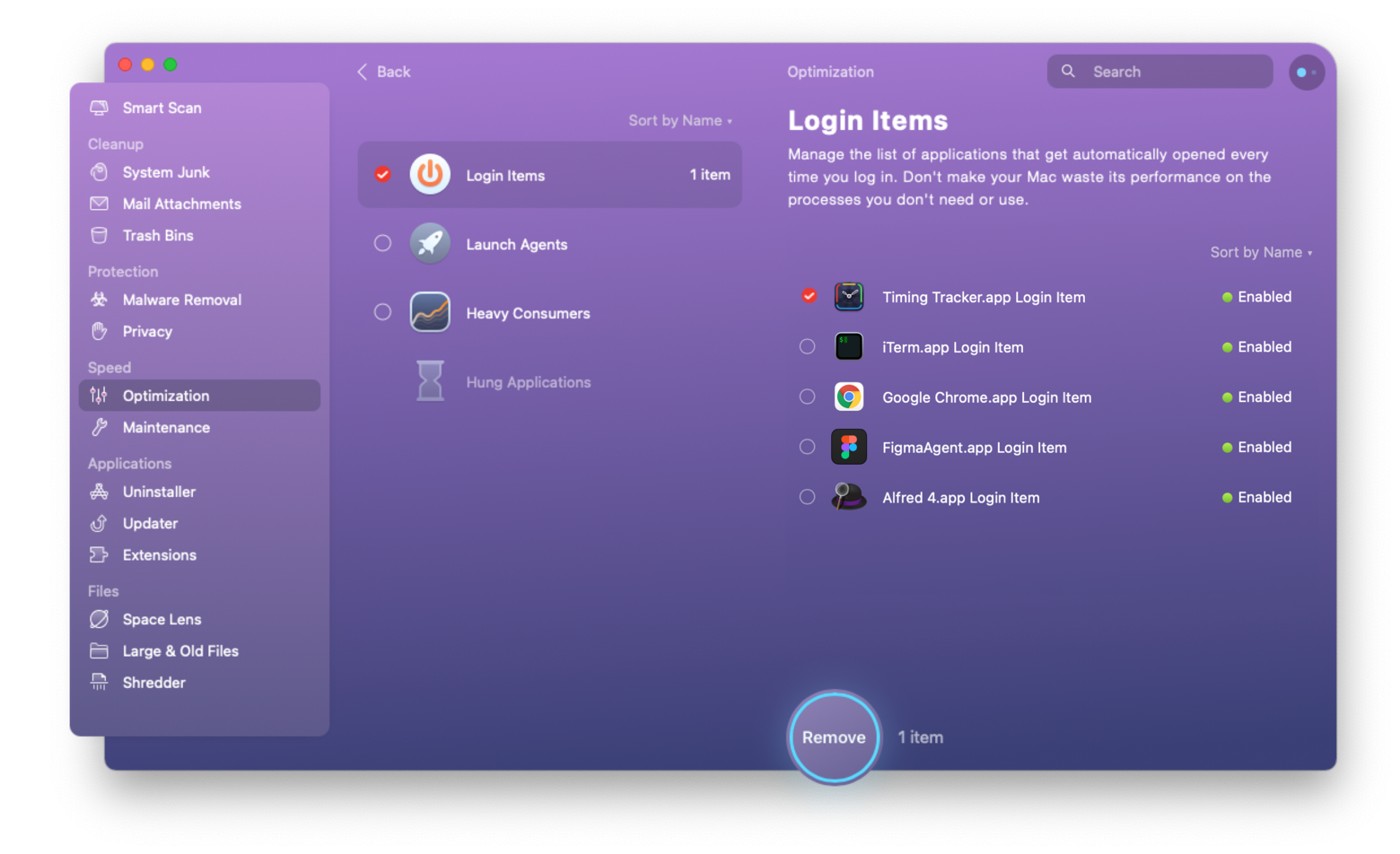
- #Chrome case for mac desktop how to#
- #Chrome case for mac desktop install#
- #Chrome case for mac desktop android#
- #Chrome case for mac desktop tv#
The expanded external audio outputs compatible with GoogleCast. The expanded external DLNA/UPnP audio outputs (wireless connections). The internal audio outputs with their different modes (WASAPI, ASIO.). The new source pictogram (right bottom corner, temporary audio peripherals marking). Mac ou PC, vous pouvez aussi profiter des Chromecast, audio et vido.
#Chrome case for mac desktop how to#
On the other hand, there is actually no problem with the management of functionalities with GoogleCast. This guide will show you how to setup and configure your new chromecast that a. If it happened to you, do not hesitate to notify us so that we can help. Our developers have tested the UPnP/DLNA compatibility with a few devices that were at their disposal but the UPnP protocol isn’t always respected to the letter by manufacturers, and it is possible that some models wouldn’t be detected by the application and wouldn’t appear in the list.
#Chrome case for mac desktop install#
Warning before casting screen from Android.People often asked us if it would ever be, and some of our subscribers must now be overjoyed: Qobuz for Mac/PC is now compatible with UPnP/DLNA and ChromeCast!Įverything must run its course, as MGMT sang, and maybe the new functionalities integrated into Qobuz for Mac/PC will be subject to improvement, but it happens that they are now a reality, after many of our subscribers wished for it.Ī few graphic and ergonomic details have also been modified, in particular the handling of musical genres and the choice of the audio output, while the listing of available peripherals has been divided in two families, internal and external, themselves subdivided into modus operandi for USB peripherals on PC (they are listed by name of Mac since it is not necessary to install drivers), and for external devices, those compatible with UPnP/DLNA (streaming up to 24-Bit/192 kHz via a third-party application) and those using the GoogleCast protocol (24-Bit/96 kHz with the ChromeCast Audio). Read it and tap “Start now” when you are ready. You might also see a warning message that informs you about sensitive information during casting. If you don’t already have the Cast icon, click the pencil icon to edit and drag and add the Cast icon.Īfter adding the cast icon, tap this icon and then choose your Chromecast device to share the screen:

#Chrome case for mac desktop android#
The easiest way to mirror your screen from your Android phone is to add the Cast icon to your quick action tiles (the menu that you get when you slide from the top of your phone’s screen). In Lollipop this option is available right on the top drawer/notification bar. If you have Android KitKat 4.4.2 or later on your phone or tablet, you have built-in Chromecast support available. Note: To play the audio on your TV, use a Windows computer. You can stop screen mirroring using this icon as well. Cast your computer screen You can display your entire computer screen using Chrome on Mac, Windows and Chrome OS. You will also see a cast icon, which turns blue while casting, on your Chrome’s toolbar. Click STOP to disconnect screen mirroring. Click this “Stop” link to disconnect your Chromebook from Chromecast. How to Stop Mirroring DesktopĪ notification with the “Stop” link is displayed in your notification area while you are casting.

#Chrome case for mac desktop tv#
Your Chromecast connected TV will now start mirroring your computer’s screen. Next, choose the Chromeast device that you want to connect to. To mirror your computer screen to Chromecast, click the cast icon or choose Cast from the Settings menu (three dots) Cast Menuįrom the Source dropdown, choose Cast desktop. However, when we say Chromecast Desktop, you are sharing the entire computer screen to your TV.

When you are casting a tab, as the name suggests, you are sharing the contents of an individual browser tab. This feature works only from Windows computers, Mac OSX, Linux and Chrome OS devices such as Chromebooks, Chromeboxes, Chromebases, and Chromebits. This is perfect for sharing photos or presentations, especially at home. Sharing your computer’s desktop to Chromecast is an inbuilt feature of Google Cast. Apart from being an easy way to share content from the web, this was a crowd favorite because it helped us cast content that was not officially supported on Chromecast. Sharing your computer’s screen on the TV is one of the most popular features of Chromecast.


 0 kommentar(er)
0 kommentar(er)
